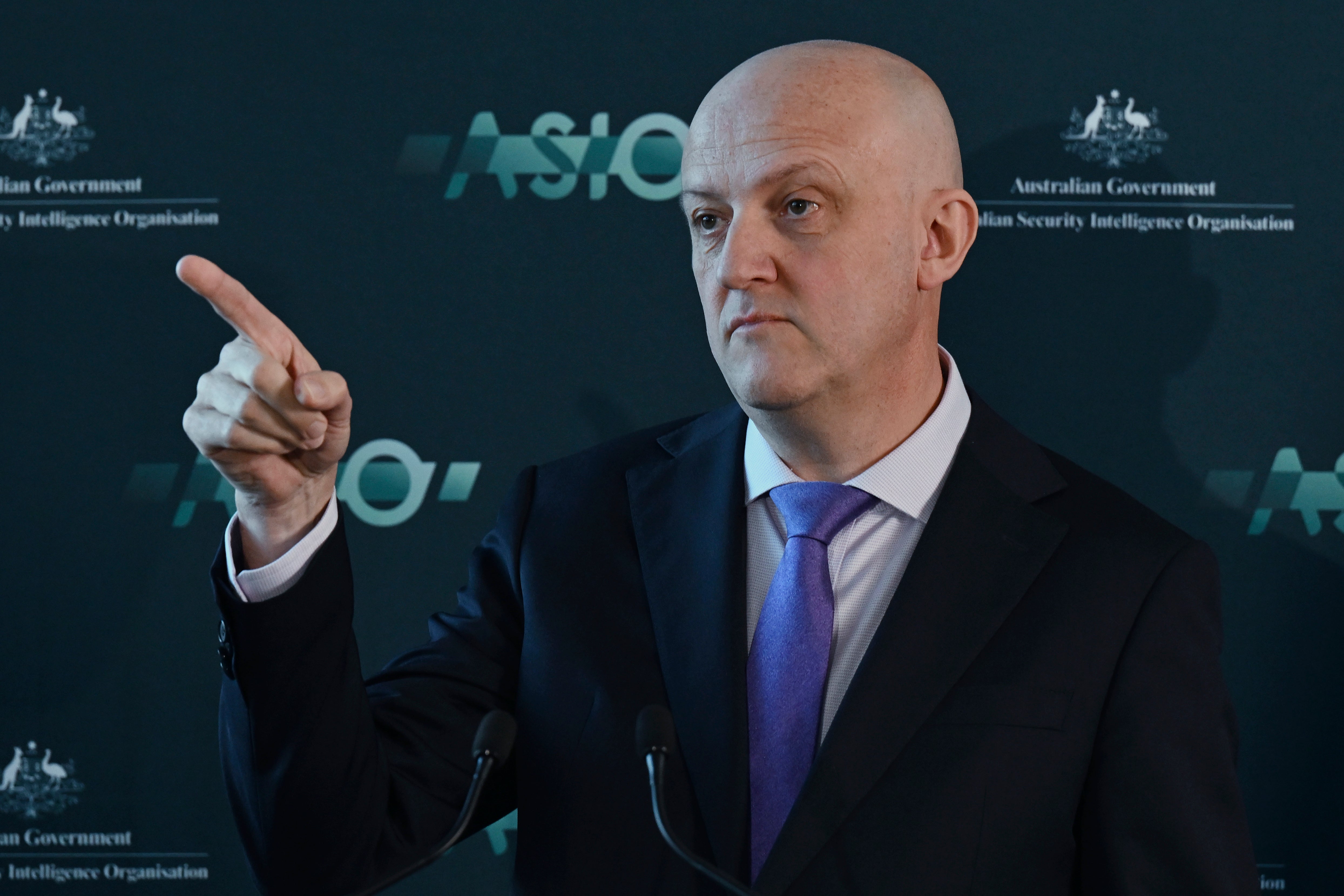Australia downgrades threat level for terrorist attack for first time in eight years
Agency warns against complacency as it points to increase in radical nationalism

Australia has downgraded the threat level from terrorism to “possible” from “probable” for the first time in eight years, its intelligence agency said.
The head of the Australian Security Intelligence Organisation (Asio) said on Monday that there are fewer extremists in Australia following the defeat of Isis in the Middle East and Al-Qaeda’s apparent failure to connect with youth.
It is the first time since 2014 that the government has downgraded its outlook. The Tony Abbott government had increased the threat level to “probable” when Isis controlled large swathes of Iraq and Syria and hundreds of thousands of people from across the world joined its ranks.
But Asio’s Director-General Mike Burgess warned: “This does not mean the threat is extinguished.
“It remains plausible that someone will die at the hands of a terrorist in Australia within the next 12 months,” he added.
He said there has been an increase in radical nationalism and right-wing extremist ideology in Australia in the past couple of years.
“Individuals are still fantasising about killing other Australians, still spouting their hateful ideologies in chatrooms, still honing their capabilities by researching bomb-making and training with weapons,” Mr Burgess said.
The decision to downgrade the threat level took into account the Albanese government’s decision to bring back Australian women and children of Isis fighters from camps in Syria.
He said Asio conducted face-to-face interviews in Syria and a “thorough assessment before the decision to repatriate was made”.
The change of category to “possible” means Australia is a possible target for terrorists, but there is a limited intent or capability to carry out an attack.
Earlier, the probable threat meant the groups “have developed both an intent and capability to conduct a terrorist attack in Australia”.
Since 2014, there have been 11 terrorist attacks in the country while 21 significant plots have been detected and disrupted, Mr Burgess said.
Half of the attacks that were foiled were in the first two years of the upgraded risk when Isis was more prominent.
“When Isil formed its caliphate in the Middle East, significant numbers of Australians were seduced by slick propaganda and false narratives, and that led Asio to raise the terrorism threat level to probable,” he said, referring to the Islamic State of Iraq and the Levant.
But he warned that it was almost guaranteed that the threat level will increase again. However, this would not necessarily be the result of a terrorist attack, with the overall security assessment taking into account individuals acting alone, he said.
He raised concerns over people being radicalised online at an “extreme pace”, sometimes in as short as weeks or months.
There are fewer groups planning months- or years-long sophisticated terrorist attacks with the aim of maximum destruction, he said.
The downgrade comes as more than 50 people convicted of terrorism-related offences are due to be released in the future.
But only a small number will be freed by 2025, Mr Burgess said.



Join our commenting forum
Join thought-provoking conversations, follow other Independent readers and see their replies
0Comments